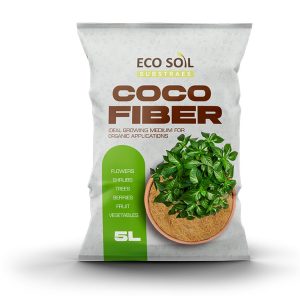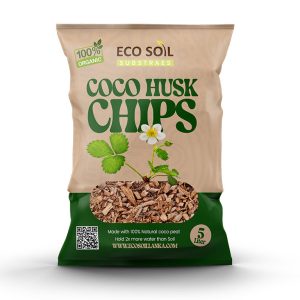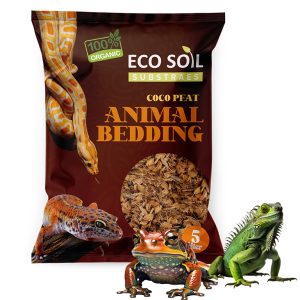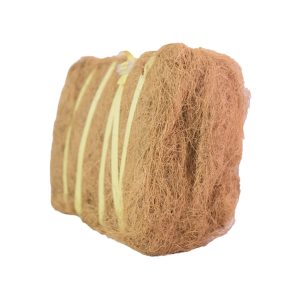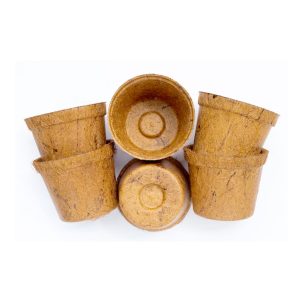
Geo Textiles (Geo Mat)
Coir geo textiles are crafted entirely from coconut husk fibers, free from any synthetic additives, making them a completely natural product. They serve as protective blankets, effectively preventing soil erosion and promoting the rapid growth of vegetation on slopes and banks. What sets them apart from traditional geotextiles is their unique application in soil stabilization, reinforcement, landscaping, and erosion control.
Coir geotextiles are crafted entirely from coconut husk fibers, free from any synthetic additives, making them a completely natural product. They serve as protective blankets, effectively preventing soil erosion and promoting the rapid growth of vegetation on slopes and banks. What sets them apart from traditional geotextiles is their unique application in soil stabilization, reinforcement, landscaping, and erosion control.
The coir fiber, inherently resistant to rot, molds, and moisture, requires no chemical treatment. Its robust and sturdy nature allows for spinning and weaving into durable mats. These mats offer the necessary strength and longevity to shield slopes from erosion while facilitating the flourishing of vegetation. They also have the capacity to absorb excess solar radiation and disperse the energy of flowing water.
Geotextiles have a rich history, having been employed for thousands of years. Even in ancient times, they were utilized in Pharaonic road construction to fortify roadways and their edges. A geotextile, as defined, is any permeable textile material used in conjunction with foundations, soil, rock, or earth to enhance stability and reduce wind and water erosion. It is designed to allow the passage of fluids, while a geomembrane is engineered to restrict fluid flow.
Coir geotextiles outperform hydro seeding in specific scenarios:
- In regions with a brief growing season where plants struggle to stabilize slopes promptly.
- At higher altitudes.
- In areas prone to frequent major storms.
However, it’s important to note that the use of geotextiles can sometimes obscure slope failures until erosion has progressed too far, leading to costly restoration efforts. In contrast, when a hydro-seeded area experiences surface failure due to weather, human, or animal activity, the damage is readily visible and can be remedied inexpensively.
Erosion control encompasses a range of conditions, from intense stream flow and powerful wave action to milder circumstances. All factors should be taken into account when selecting an appropriate control method.
Natural fiber geotextiles decompose to form organic mulch, aiding in the swift establishment of vegetation. Coir geotextiles degrade within 2-3 years, while jute degrades in 1-2 years. Consequently, coir is advantageous in situations where vegetation requires more time to take root.
In arid and semi-arid regions, wind action often leads to substantial erosion. Geotextiles made from natural fibers like coir or jute prove valuable for controlling wind erosion, mitigating dust, forming and stabilizing sand dunes.

Coco Peat 6mm
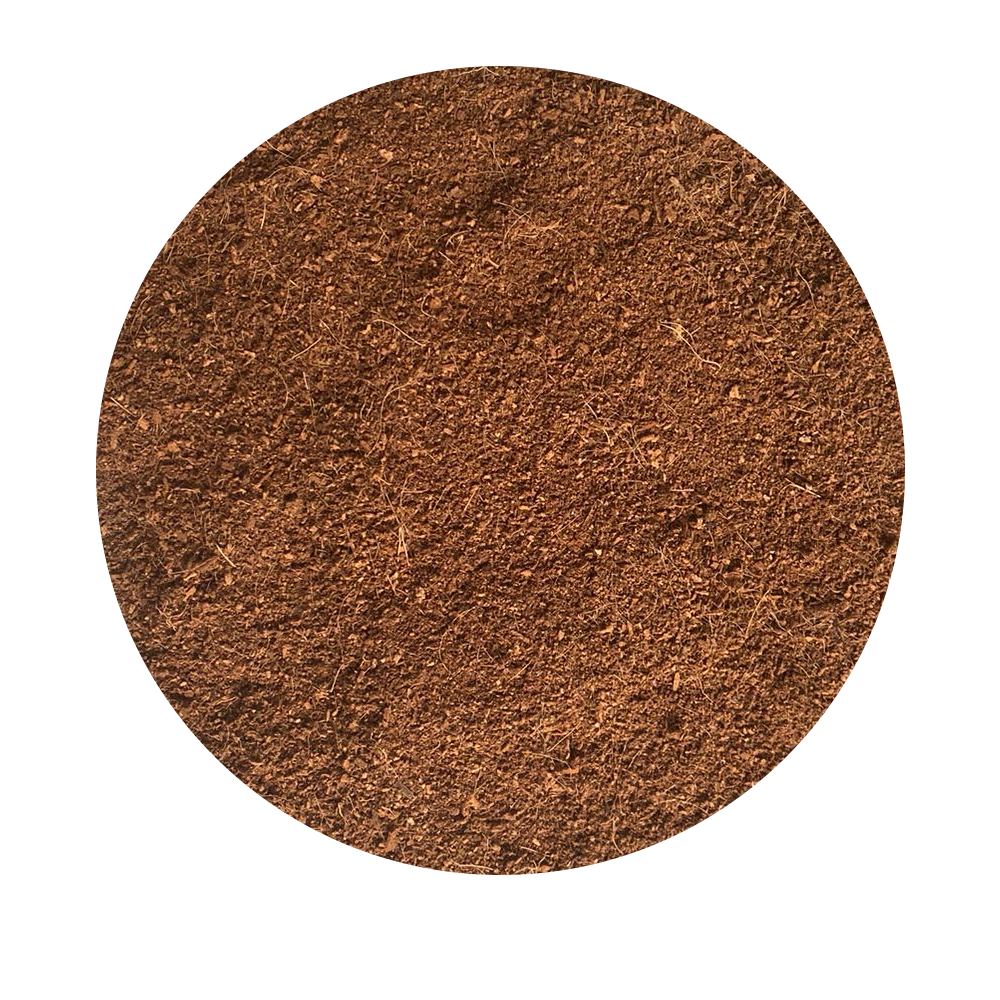
Coco Peat 12mm
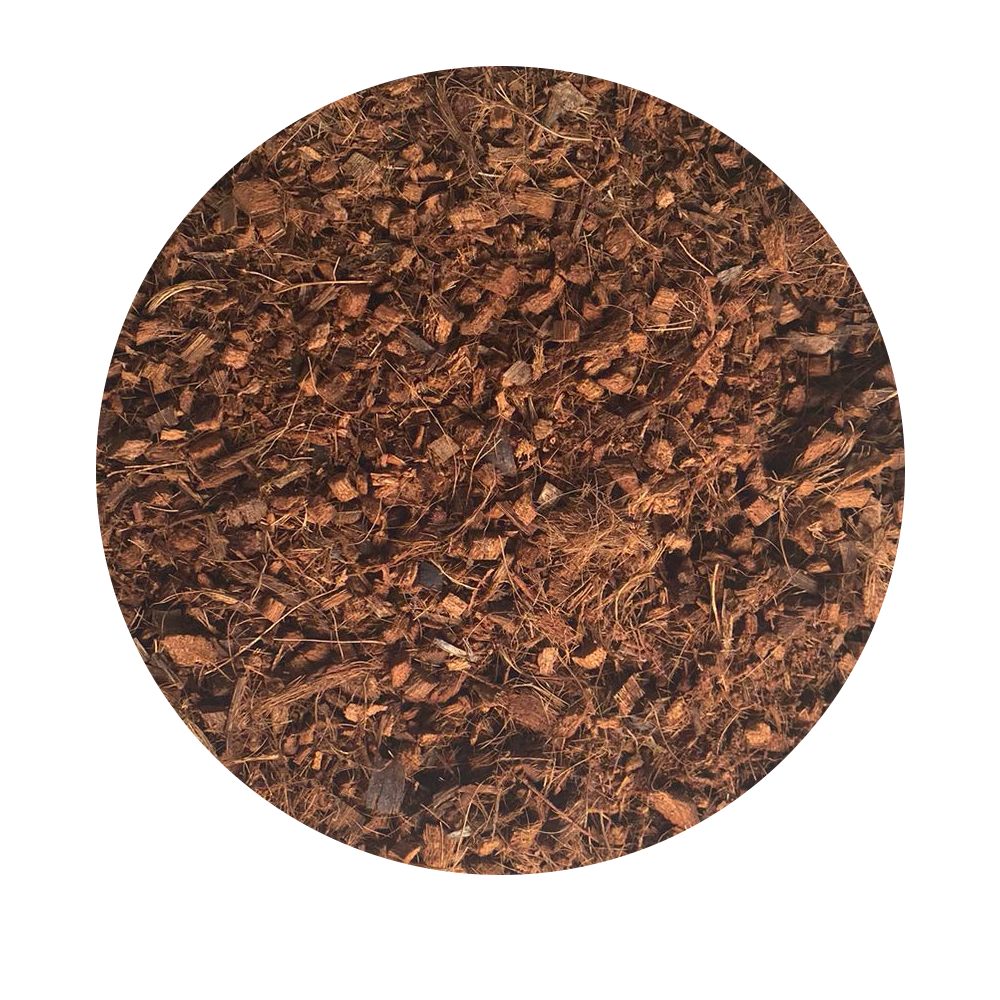
7C Chips
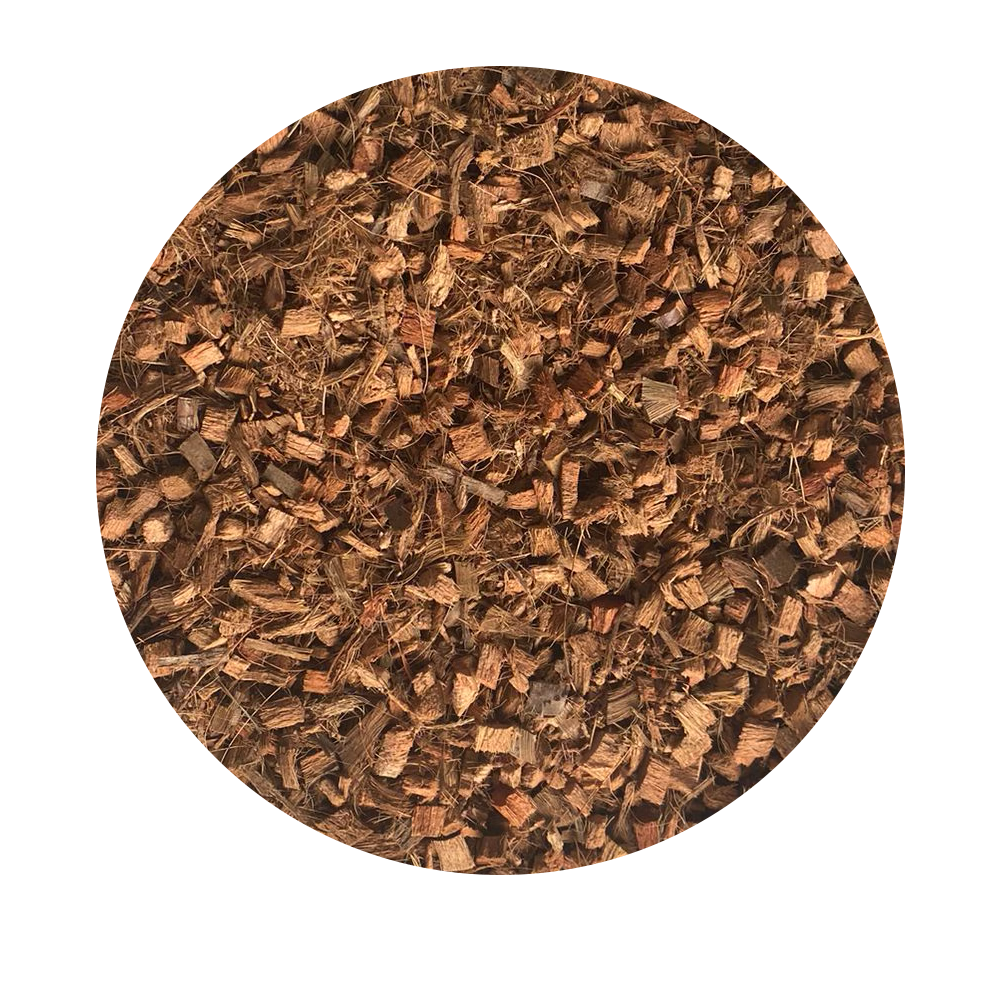
10C Chips

4S
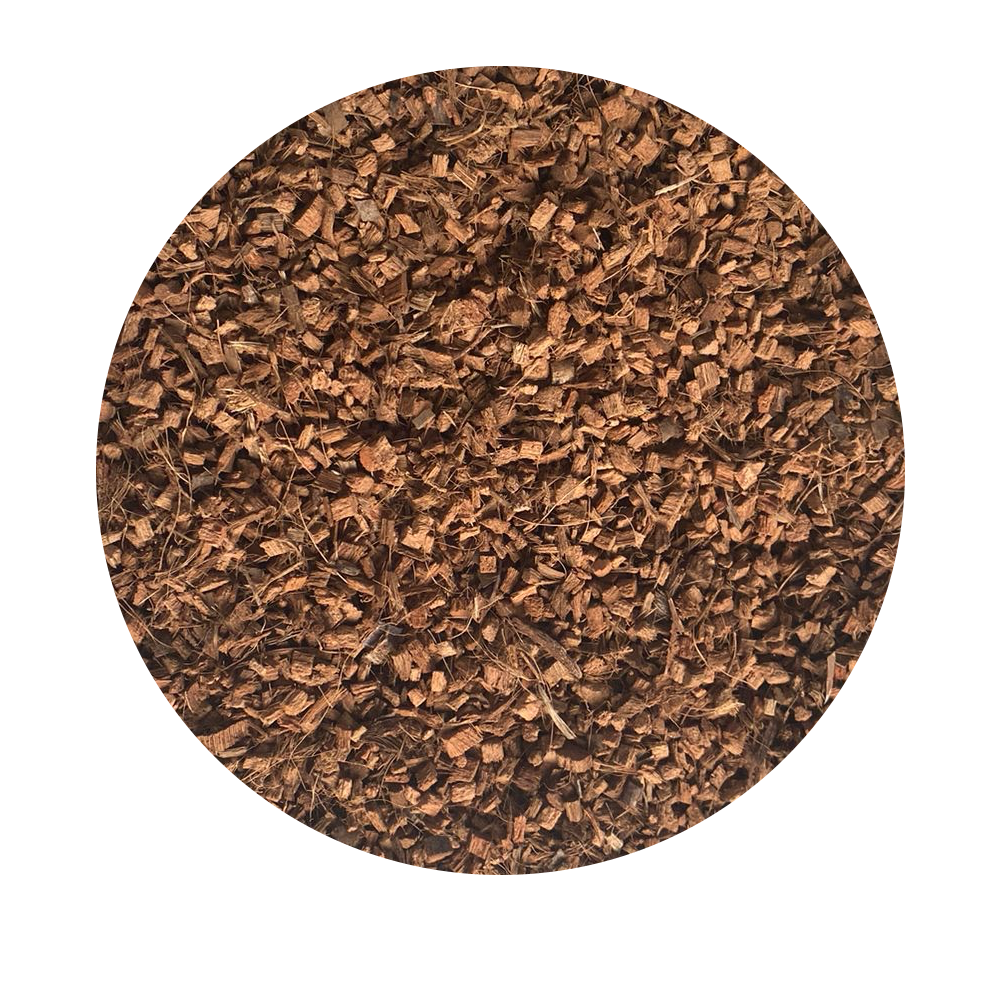
3S Mini Chips
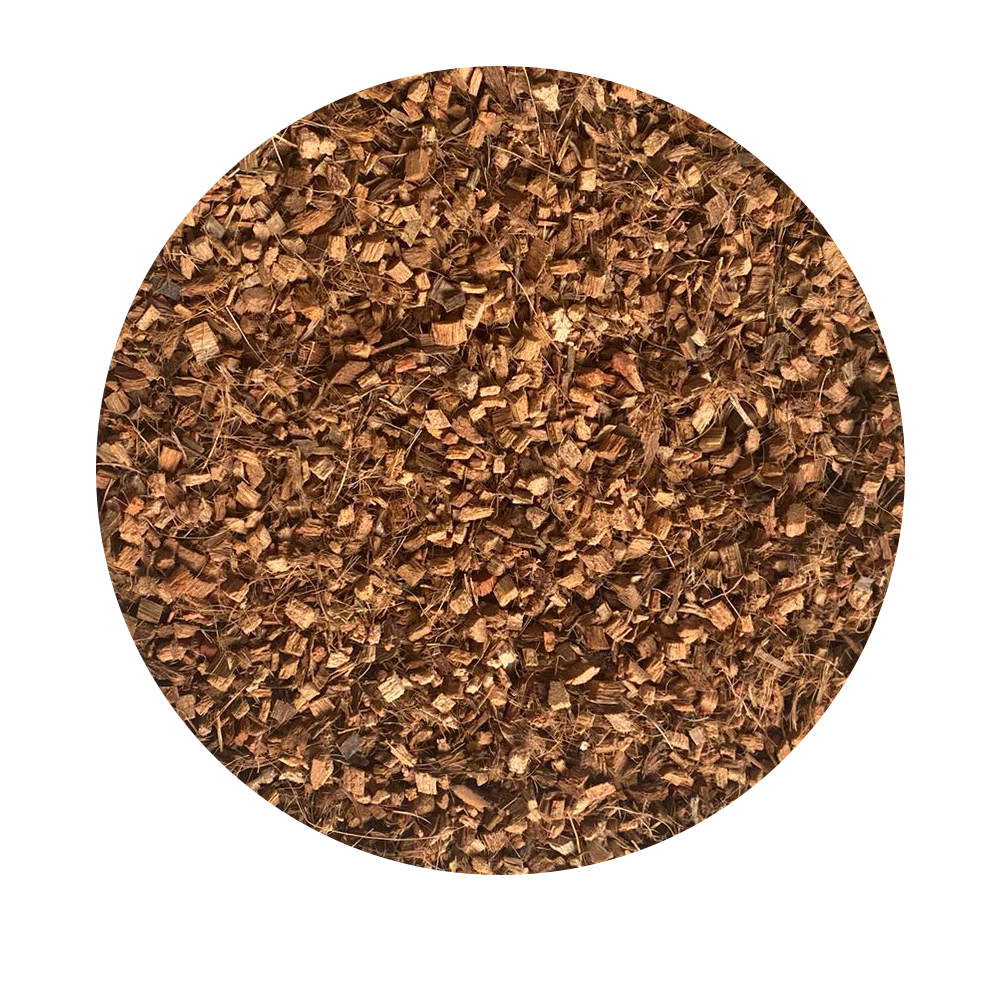
3S
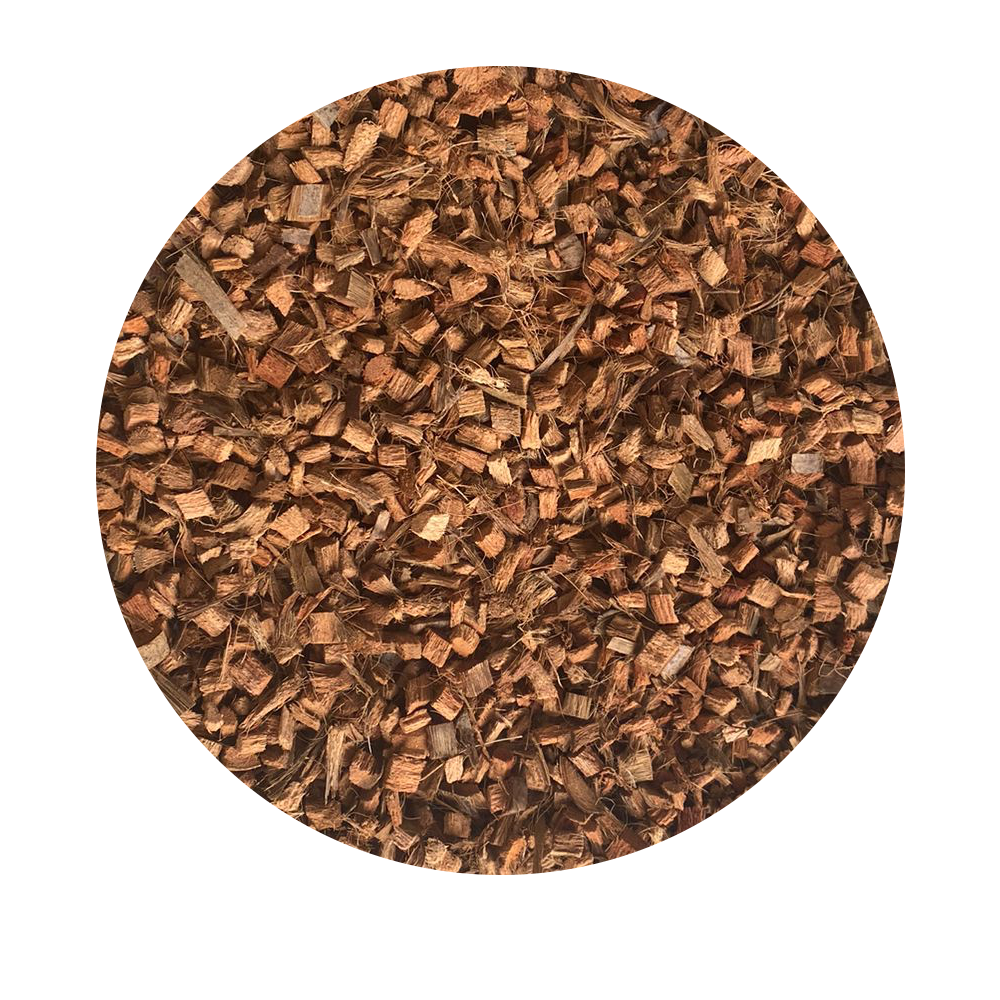
2S

S

LL


